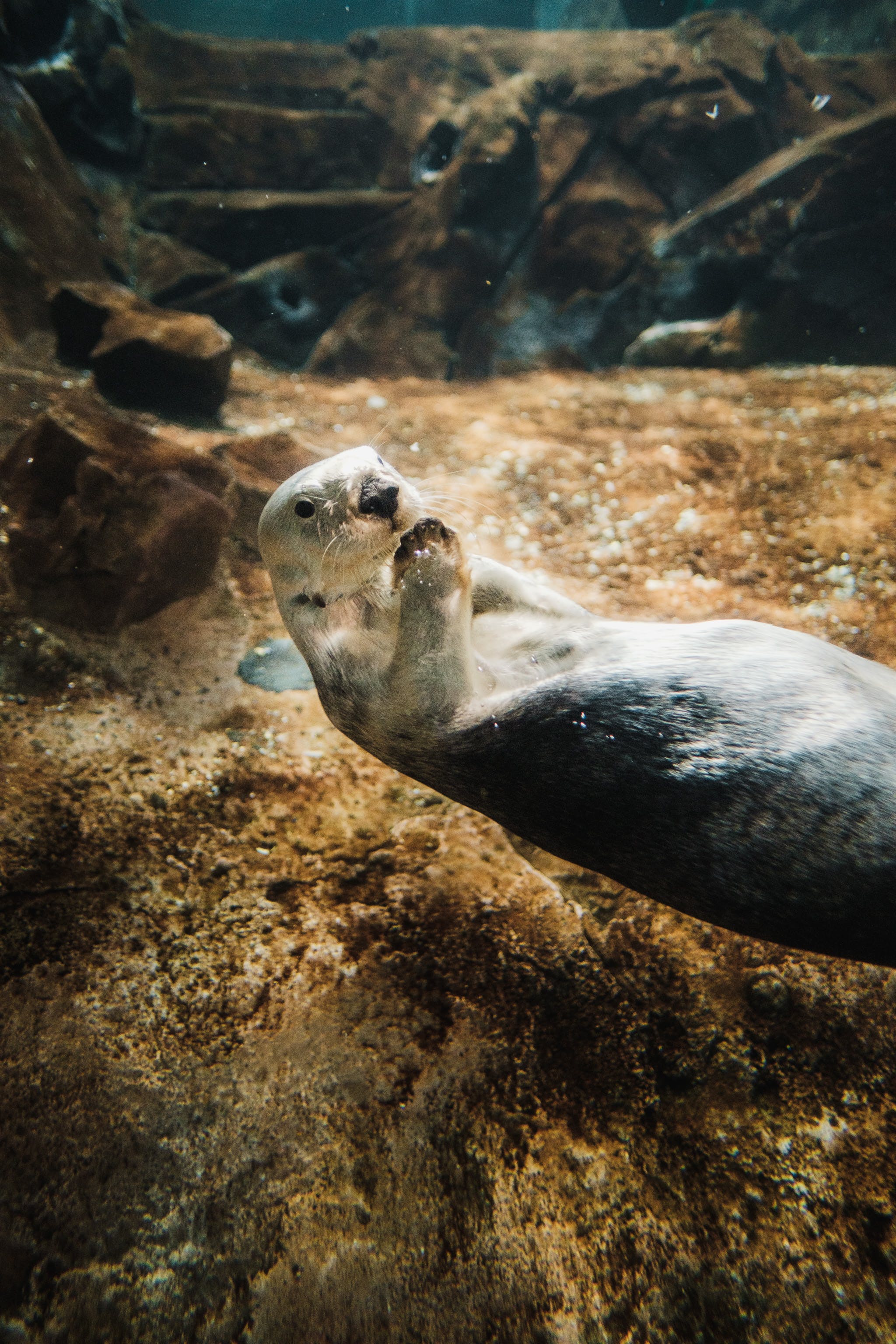
Welcome to the "Conservation Efforts" section, where we shed light on the dedicated initiatives and strategies aimed at safeguarding the future of otters and their habitats. Here, we delve into the inspiring world of conservation, highlighting the crucial efforts undertaken to protect these charming creatures and preserve the delicate ecosystems they call home. Explore the frontlines of otter conservation as we spotlight organizations, researchers, and passionate individuals committed to ensuring the well-being of otters across the globe. From habitat restoration projects to community engagement initiatives, our coverage encompasses the diverse range of activities contributing to the conservation of otter species. Learn about the challenges otters face in the wild and the innovative solutions being implemented to address these issues. Whether it's raising awareness about the importance of clean waterways, combating illegal trade, or collaborating with local communities, the "Conservation Efforts" section serves as a beacon of hope for otters and the environments they inhabit.
Preserving and protecting natrual habitats where otters live, such as wetlands,rivers,and costal areas,is crucial for their survival.
Otter populations vary by species. For example, the North American river otter (Lontra canadensis) has experienced population recovery in certain regions due to conservation efforts. In contrast, some otter species, such as the sea otter (Enhydra lutris), face ongoing conservation challenges.
Initiatives to reduce their water pollution help maintain clean and healthy enviroments for otters.This includes addressing issues like chemical pollutants and plastics in their habitats.
Pollution, including contaminants from agricultural runoff and industrial discharges, can affect otter habitats. Otters may be exposed to pollutants through the food chain, impacting their health and reproductive success.
Implementing and enforcing laws against hunting, trapping, or trading otters helps curb illegal activities that threaten their populations.
Legal measures and protection policies are in place in many countries to safeguard otters and their habitats. These may include regulations on hunting, habitat protection, and restrictions on activities that could harm otter populations.
Various organizations and initiatives focus on otter conservation. These efforts include habitat restoration, captive breeding programs, research on otter behavior and ecology, and public awareness campaigns to promote otter conservation.
Conservation efforts often involve local communities. Community engagement and education programs aim to raise awareness about otters, their ecological importance, and the need for their conservation. Local support is crucial for successful conservation initiatives.
Conducting research on otter populations and thier behaviors provides essential data for conservation efforts.Regular monitoring helps identify threats and assess the success of conservation measures.
Addressing climate change and its impacts on otter habitats is crucial.Conservation strategies may invole advocatiing for policies that reduce greenhouse gas emissions and promote sustainable practices.